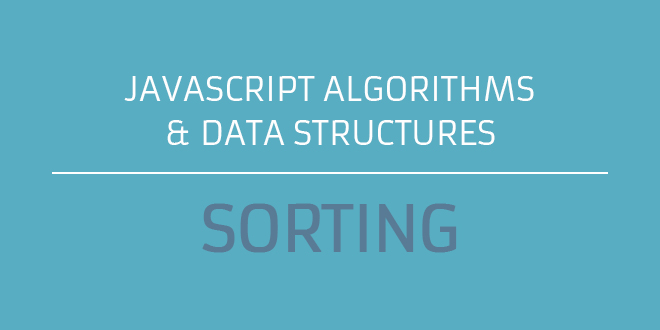In a previous post we learned about searching algorithms. We also learned that sorting is equally important; that sorting and searching go hand in hand. Sorting is deeply embedded in everything we do. Lets define sorting even though we all know what it is. Sorting is simply rearranging elements in a collection in increasing or decreasing order based on a property. That property could be a datatype like string or number. We could even sort based on some complex datatype. So if you have a class with many different properties, we could sort based on those properties. In the real word, we sort cards when we play poker, when buying online we like to search in order of price (sorted from lowest to highest or vice versa), or perhaps even sorting by product number reviews (my favorite type of sort when shopping on amazon). We sort emails, phone contacts, travel dates (you get the picture). Read More
Archive for January 2018
Javascript Heaps
Previously in other posts (on data structures) we learned about Queues. Particularly speaking, we discussed what priority queues were. What we didn’t know is that the underlying foundation of priority queue is the heap data structure (which we will be learning about in this post). Remember that a priority queue is a data structure that allows you to access an item in a collection with the highest priority. Accessing such an item can be done in so many different ways such as using arrays or lists (binary trees being one of them). However the best way to implement priority queues is to use the heap. When accessing, inserting or deleting into such data structures, the heap is the most performant (faster than arrays/lists/binary trees). What we really didn’t talk about in that post (on queues) was runtime complexity. We implemented methods such as enqueue, dequeue, etc. but we never considered how performant they were with basic operations such as adding and removing from the queue. Lets look at a diagram. Read More

